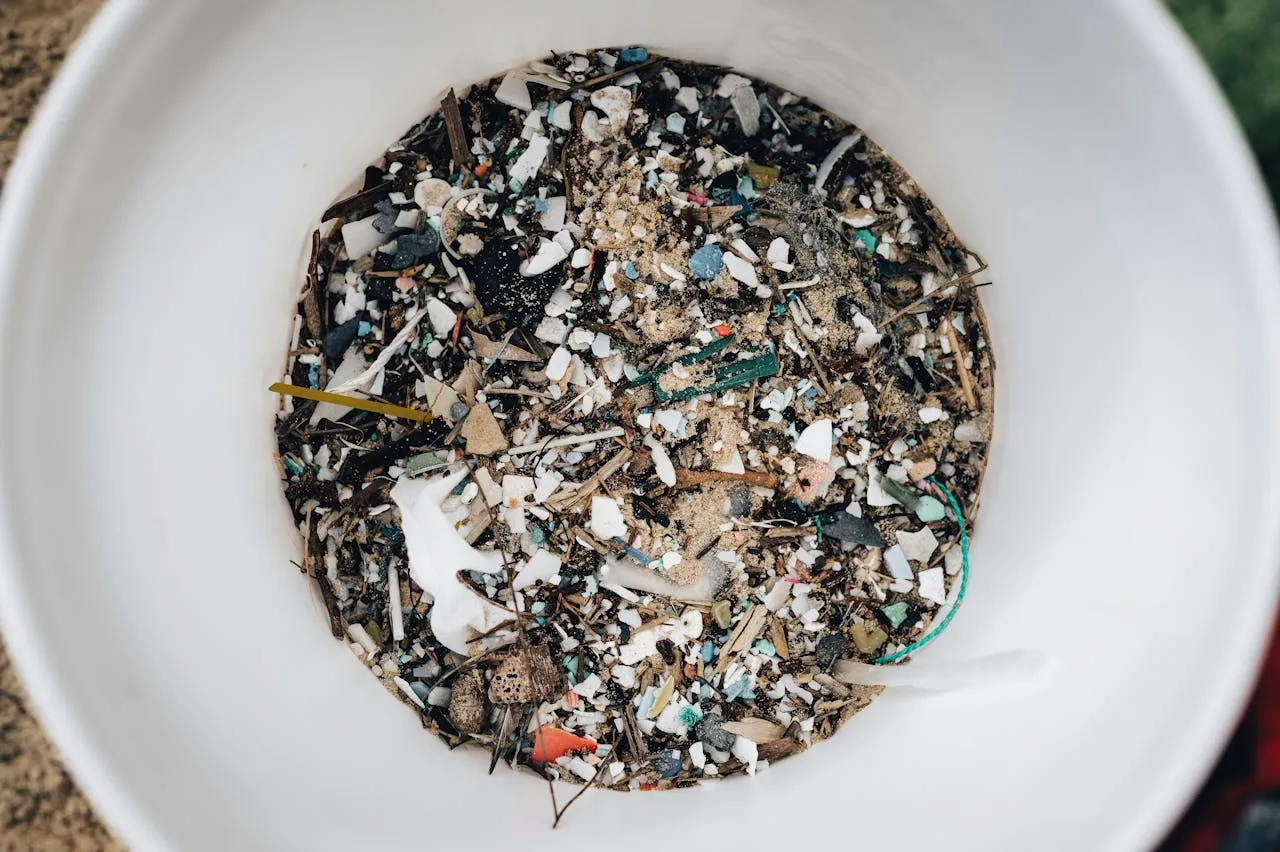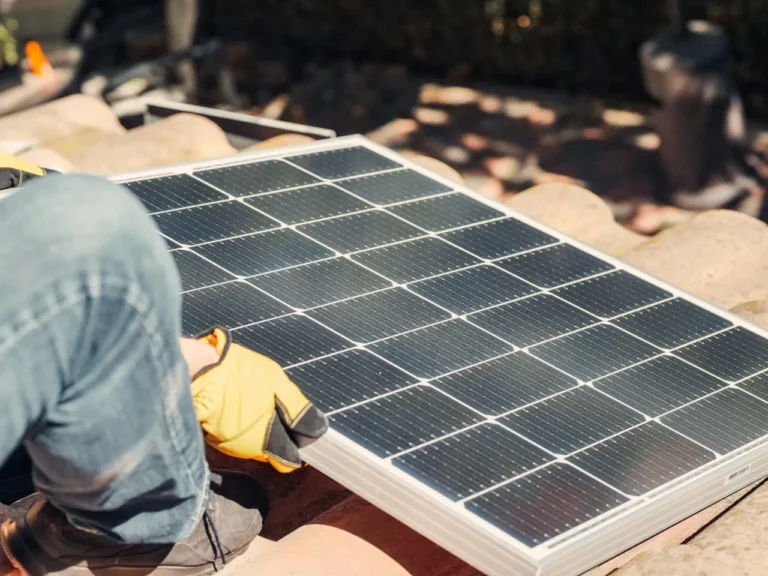
Global Study Reveals Alarming Levels of Airborne Microplastics
The PlasticDustCloud project, a large-scale international study led by the Eurofins Environment Testing network, has uncovered striking evidence of microplastic pollution in the air, with deposition rates reaching as high as 1,300 microplastics per square metre per day. By analysing air samples collected across 12 sites in nine countries on three continents, the study underscores the pervasive presence of microplastics in the air we breathe every day, raising concerns about human health and environmental safety.
Understanding Microplastics and Their Risks
Microplastics are defined as plastic particles smaller than 5 millimetres in size. While once considered primarily an oceanic issue, recent research has revealed that microplastics are now ubiquitous across terrestrial and atmospheric environments. Toxicological studies suggest that these particles can pose risks to human health, particularly as many are small enough to be inhaled, and can carry chemical contaminants. The growing awareness of these risks has made microplastic pollution a pressing global concern.
Research Scope, Methodology, and Sampling Sites
In mid-2024, the PlasticDustCloud project collected samples using a harmonised deposition methodology designed to ensure consistency across all study sites. Urban locations included Melbourne (Australia), Budapest (Hungary), Bergen (Norway), Gijón (Spain), Rovaniemi (Finland), Aabybro (Denmark), Barneveld (Netherlands), Northampton (UK), and two U.S. cities, Sacramento and South Bend. To provide a baseline for comparison, rural sites were also included in the study, with samples collected from Pelkosenniemi (Finland) and Alta (Norway).
Samples were prepared and analysed at Eurofins Environment Testing laboratories around the world, all of which specialise in microplastic detection. The analyses utilised a combination of advanced spectroscopical techniques—such as Fourier Transform Infrared Spectroscopy (FTIR), Laser Direct Infrared (LDIR), and Raman spectroscopy—and thermoanalytical methods including Pyrolysis-GC/MS and Thermal Extraction Desorption-GC/MS. Throughout the process, stringent quality assurance and quality control (QA/QC) protocols were maintained to ensure reliability and comparability of the data.
Key Findings
The study revealed that microplastic deposition rates varied significantly across locations and measurement methods. Using spectroscopy, Barneveld, Netherlands, recorded deposition rates of approximately 1,250 particles per square metre per day, while Bergen, Norway, exhibited the highest measured load of 3,110 μg/m²/day using thermoanalytical techniques. The most frequently detected polymers were polyethylene and polypropylene, reflecting global production and usage trends.
Tyre wear particles were also found in substantial quantities, reaching up to 304 μg/m²/day, highlighting road traffic as a major contributor to airborne microplastic pollution. Notably, the majority of particles identified were smaller than 100 μm—well within the breathable range—indicating the potential for direct human inhalation. Researchers observed significant variability even between adjacent sampling points using identical methodologies, underscoring the heterogeneous distribution of airborne microplastics.
Implications for Public Health and Policy
These findings provide essential evidence that microplastic pollution is not confined to oceans or surface waters but is a global atmospheric phenomenon. The presence of microplastics in the breathable fraction of air raises important public health considerations, particularly for urban populations exposed to traffic emissions and industrial activity.
The study also reinforces the urgent need for international cooperation in monitoring and mitigating microplastic pollution. By providing harmonised methodologies and robust baseline data, the PlasticDustCloud project offers policymakers, scientists, and environmental organisations a valuable tool to develop targeted strategies to reduce airborne microplastics.
Future Directions and Availability of the Full Report
The comprehensive results of the PlasticDustCloud project are available in full at plasticdustcloud.com. The report not only presents global deposition rates but also details analytical methods, polymer identification, and source attribution, offering a thorough understanding of airborne microplastic dynamics.
About the Eurofins Environment Testing Network
Eurofins Environment Testing is a global network of laboratories committed to advancing environmental safety through scientific innovation. By offering high-quality laboratory testing, monitoring, and consulting services, the network supports a wide range of stakeholders, including industrial companies, environmental consultants, contractors, retailers, and government authorities. Through initiatives like the PlasticDustCloud project, Eurofins continues to provide critical insights that inform environmental policy, public health initiatives, and sustainable industrial practices.
This groundbreaking study serves as a wake-up call, demonstrating that microplastic pollution is a widespread issue that requires coordinated global attention to protect both human health and the environment.




